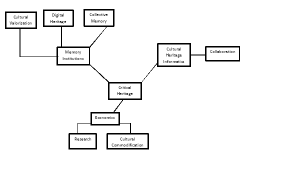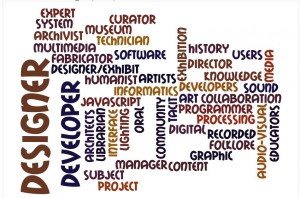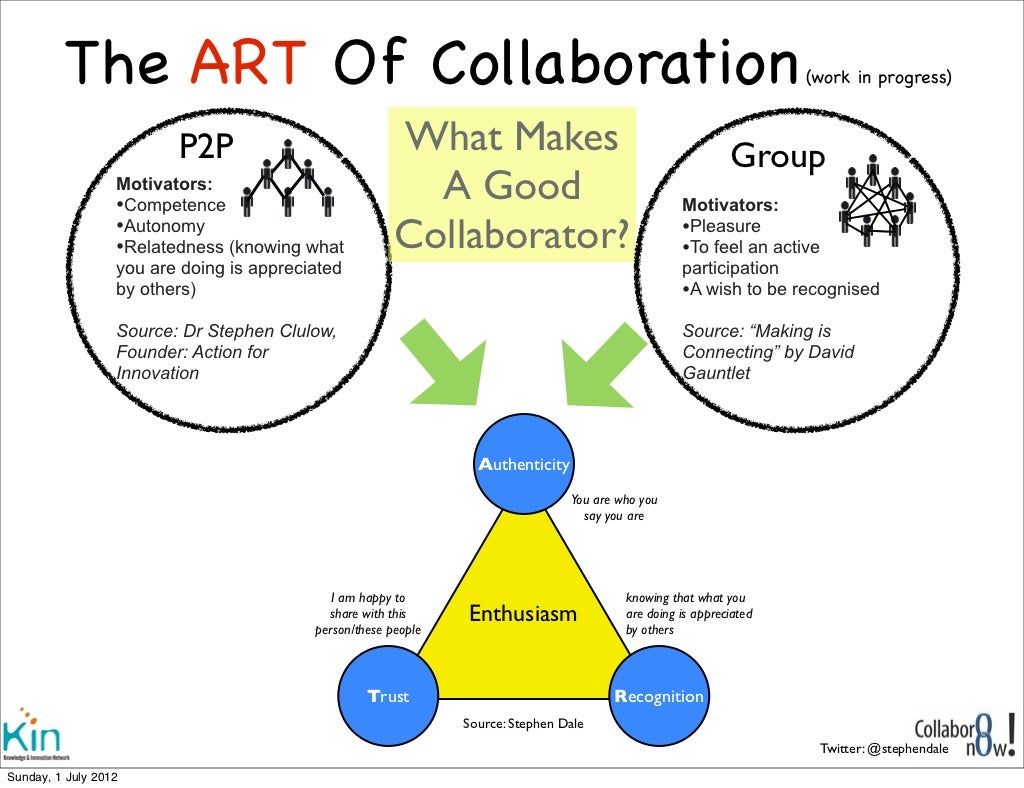Last week we presented lightning pitches on geospatial visualization projects – all very interesting ones I might add – for consideration as the 2013 CHI fieldschool final project. The creativity of the fieldschool collective is impressive, equally amazing is the effort required to advance from brainstorming to production of a vision document. We have progressed from our individual concepts to selection of a project and establishment of themes, workflow, time frame, and milestones for the group. The processes involved in generating ideas, focusing direction, and outlining criteria for the project brought to mind a larger question I oftentimes contemplate regarding heritage collection appraisal and accession.
I don’t subscribe to the notion of memory institutions as neutral repositories. My thinking is more in keeping with former Society of American Archivists president and historian, Randall Jimerson. Jimerson advises cultural memory practitioners to be cognizant of exerting “archontic power” in relation to the intersection between history, memory, social power, justice, and heritage materials.
The notion of being professionally accountable for influencing the construction and preservation of future generation’s memory, informed my pitch. Comparing UNESCO’s World Heritage Sites in the U.S. and National Park Service National Heritage Areas; I presented an idea to examine each organization’s heritage listings, noting the absence of over-lap between the agencies and proposed mapping heritage resources that have not been included. As a result of my pitch, I drafted the following concept map:
I intend to use this as a creative problem-solving device to parse the concept of “showing hospitality to the stranger” (Jimerson, 2009) when addressing archival silences – in this case, heritage silences – to identify narratives for inclusion. This could be a means for locating communities with heritage materials for preservation, digitization, and database management activities.
Jimerson, R.C. (2009). Archives power: Memory, accountability, and social justice. Chicago: Society of American Archivists.




